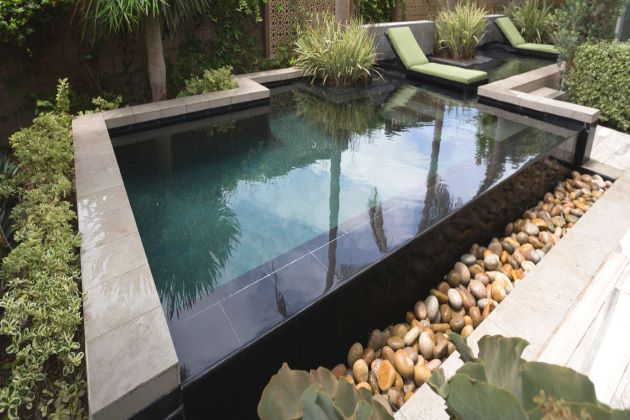We all share the water we swim in, and each of us needs to do our part to help keep ourselves, our families, and our friends healthy. To help protect yourself and other swimmers from germs or injury, here are a few easy and effective steps all swimmers can take each time we swim in a public pool or hot tub.
Check the pool!
Well maintained pools are less likely to spread germs. Injuries and drownings are less likely in pools that have trained staff and adequate safety equipment. Before you swim, you can check the pool yourself using the following checklist:
- Check the pool’s latest inspection results.
- Make sure the drain at the bottom of the deep end is visible.
- Check that the drain covers at the bottom appear to be secured and in good repair.
- Use pool test strips to make sure the water’s pH and free chlorine or bromine concentration are correct.
- pH 7.2–7.8
- free chlorine concentration of at least 3 ppm in hot tubs/spas and at least 1 ppm in other places with treated water
- free bromine concentration of at least 4 ppm in hot tubs/spas and at least 3 ppm in other places with treated water
- Check for a lifeguard:
- If on duty, a lifeguard should be focused on the swimmers and not distracted.
- If no lifeguard is on duty, a “No Lifeguard on Duty” sign should be posted.
- If no lifeguard on duty, check to see where safety equipment, such as a rescue ring or pole, is available.
- Make sure no chemicals are out in the open.
Check yourself! Keep the pee, poop, sweat, blood, and dirt out of the water.
- Stay out of the water if you have diarrhea.
- Stay out of the water if you have an open wound (for example, from surgery or a piercing) that is not covered with a waterproof bandage.
- Shower before you get in the water. Rinsing off in the shower for just 1 minute removes most of the dirt or anything else on your body.
Protect yourself and others!
- Protect against sunburn by using a sunscreen with at least SPF 15 that blocks both UVA and UVB rays.
- Use well-fitting Coast Guard approved life jackets for flotation assistance rather than foam or air-filled toys.
- Don’t pee or poop in the water.
- Don’t swallow the water.
- Keep an eye on children at all times, kids can drown in seconds and in silence.
Every hour—everyone out!
- Take kids on bathroom breaks.
- Check diapers, and change them in a bathroom or diaper-changing area–not poolside–to keep germs away from the pool.
- Reapply sunscreen.
- Drink plenty of fluids.
- Dry ears thoroughly with a towel after swimming.
source: https://www.cdc.gov/healthywater/swimming/swimmers/steps-healthy-swimming.html




